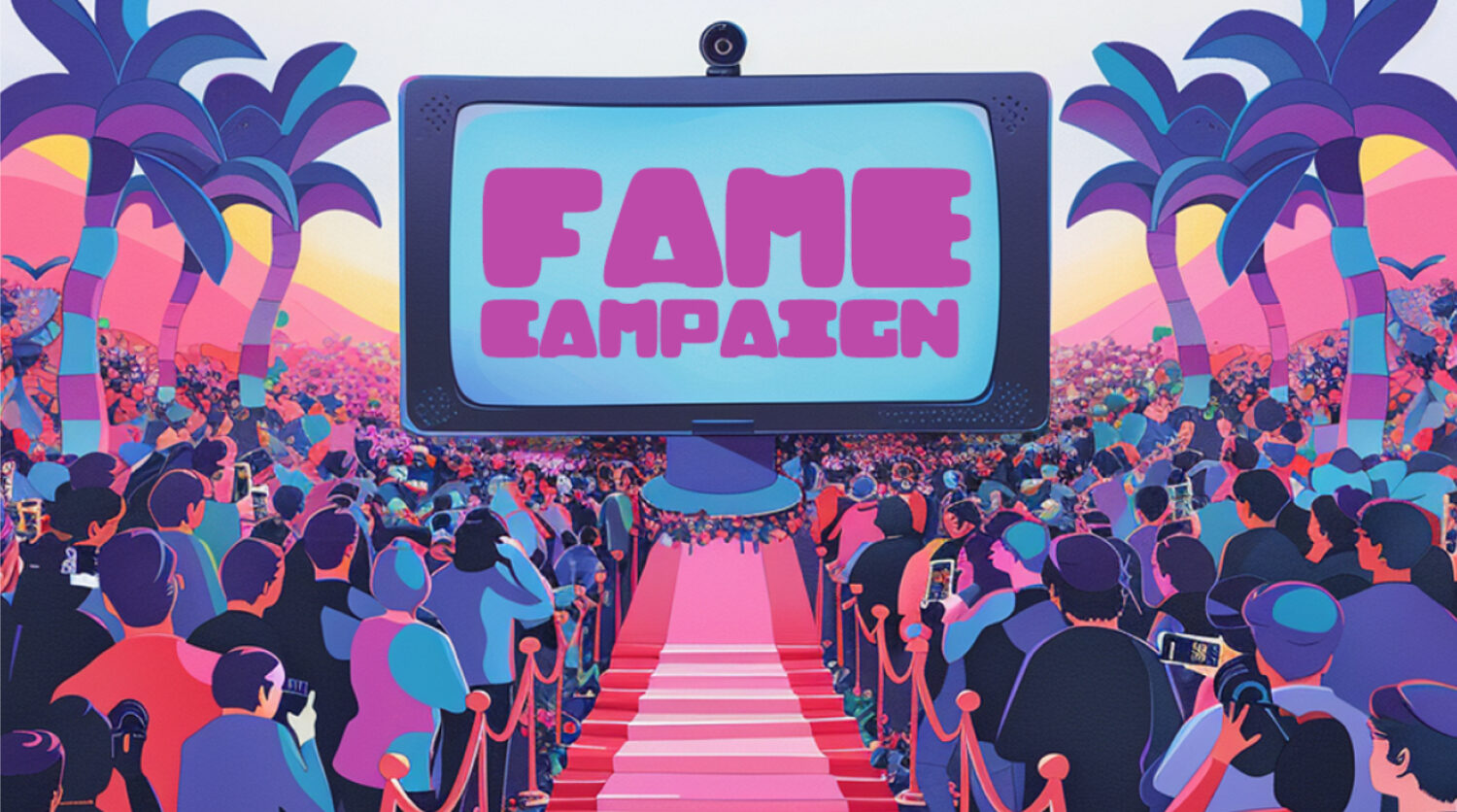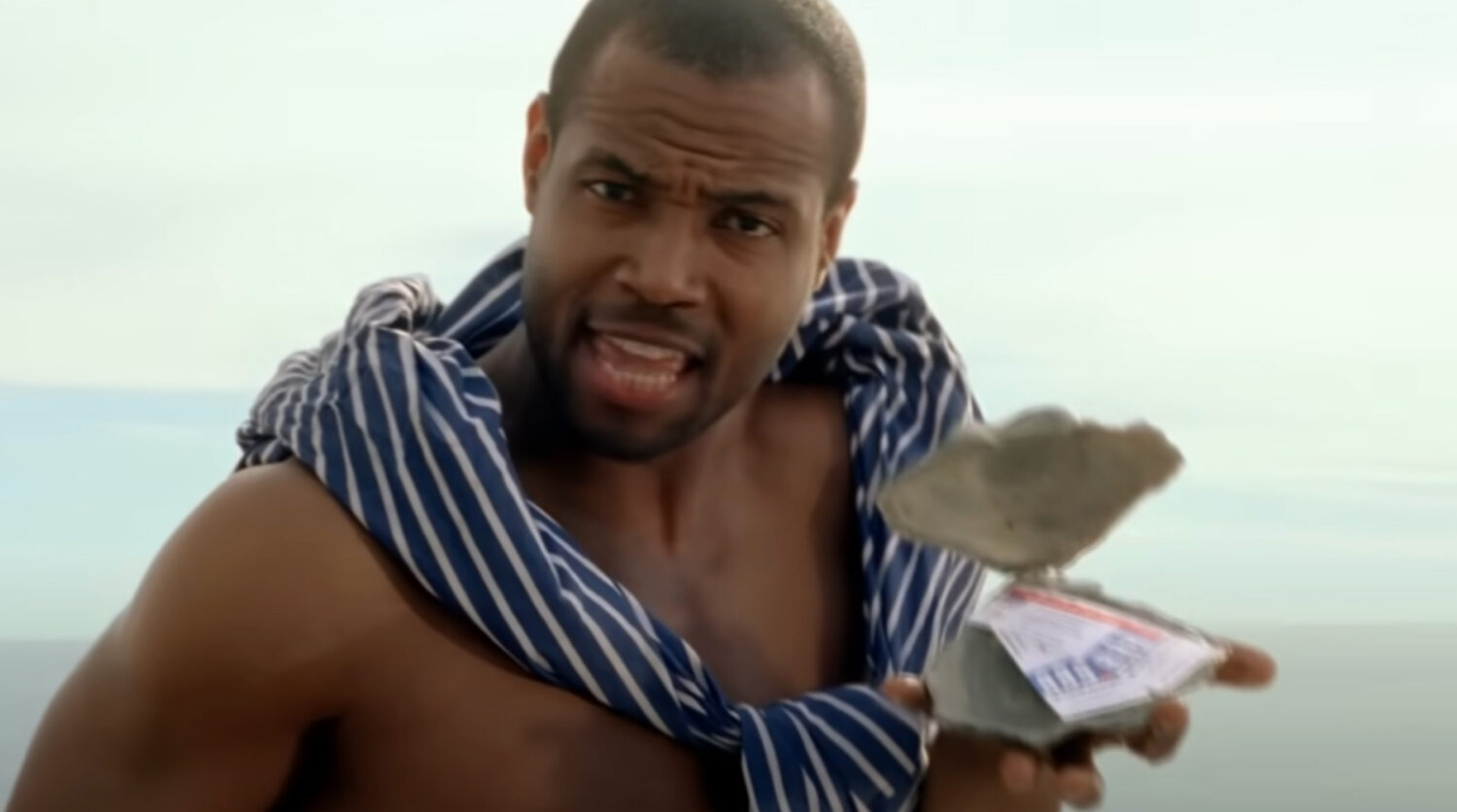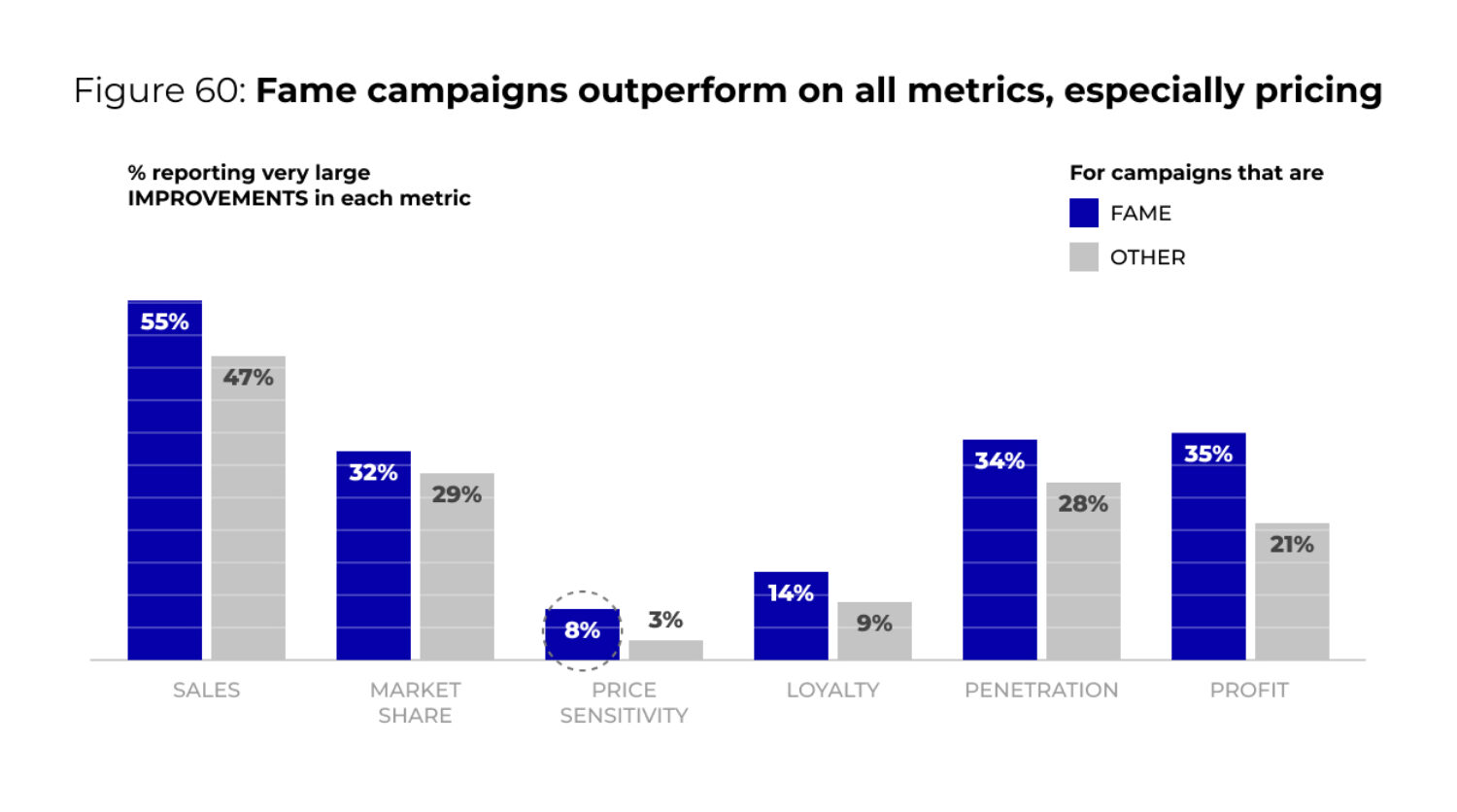The Ads Your Ads Could Smell Like

Source: SRH and Midjourney
If you’re a challenger brand, you probably don’t have the budget to go toe to toe in a marketing slugfest with category leaders. But you still have to stand out, get people to pay attention and get a broad audience of potential customers talking about you.
How do you do that? Aim for fame.
According to Les Binet and Peter Field in ‘Marketing in the Era of Accountability,’ “Emotional involvement is effective for most brands, but becomes particularly important for smaller ones.”
We’ve explored the importance of emotion in effective advertising. It is the most important driver of sales, profit and market share growth. And this is any emotion — joy, laughter, excitement, fear, happiness, etc.
Binet and Field go on to divide emotional campaigns into two sub-categories: “emotional involvement” and “fame.”
“Fame campaigns [like emotional involvement campaigns] also make people feel differently about the brand,” say Binet and Field, “but do so in a way that inspires them to share their enthusiasm on and offline.”
Fame campaigns get people talking and sharing … and buying.

People shared the heck out of this ad when it came out 14 years ago.
Old Spice’s “The Man Your Man Could Smell Like” is an excellent example of a fame ad. It evokes emotion, it’s surprising … and it still stands out.
Procter & Gamble launched the ad during the 2010 Super Bowl, and by the end of June, the spot had been viewed online over 11 million times. The Wikipedia page for the campaign says that, “At one point in mid-July 2010, videos from the series accounted for eight of the top eleven most-popular videos on YouTube.”

Unlike the Metaverse, Iceland has water that is wet and moss you can … look at but not touch.
Another wonderfully hilarious example is “Introducing the Icelandverse,” which was inspired by a very weird talk Mark Zuckerberg gave where he introduced the Metaverse.
With over two million views on YouTube and a ton of earned media, Inspired by Iceland was able to tap into a cultural moment, promote the beauty (and reality) of Iceland and land some jabs at the expense of Meta. Zuckerberg took the video in stride and even traveled to Iceland for a vacation in the real world.
Of course Fame Campaigns are effective, otherwise we wouldn’t be talking about them.
According to Binet and Field, fame campaigns “amplify the positive attributes of emotional involvement in terms of profit growth,” and “outperform across the range of standard business mid-term metrics.”

Source: “The Long and the Short of It,” Les Binet and Peter Field, IPA
And they’re even more effective for smaller, challenger brands.
Because of the Double Jeopardy Law — smaller brands have fewer buyers who buy slightly less often — challenger brands have to constantly play uphill. Fame campaigns are one area where smaller brands have an advantage.
From “Marketing in the Era of Accountability:
“Looking at the different types of emotional approach, the particular strength of the fame model is revealed to be in the domain of smaller brands – it is of average effectiveness for larger brands, but considerably above average for smaller brands,” say Binet and Field.
Fame campaigns are not necessarily stunts, though they can be.
They aren’t necessarily bizarre, but it depends on your brand and your audience. They don’t necessarily feature celebrities.
They are, however, different.
They’re bold. They’re clever. They demand attention. They get shared. And they get results.
See you next time.
Sources!
“The Long and the Short of It” – Les Binet and Peter Field
“Marketing in the Era of Accountability” – Les Binet and Peter Field
“The Man Your Man Could Smell Like” – Wikipedia

